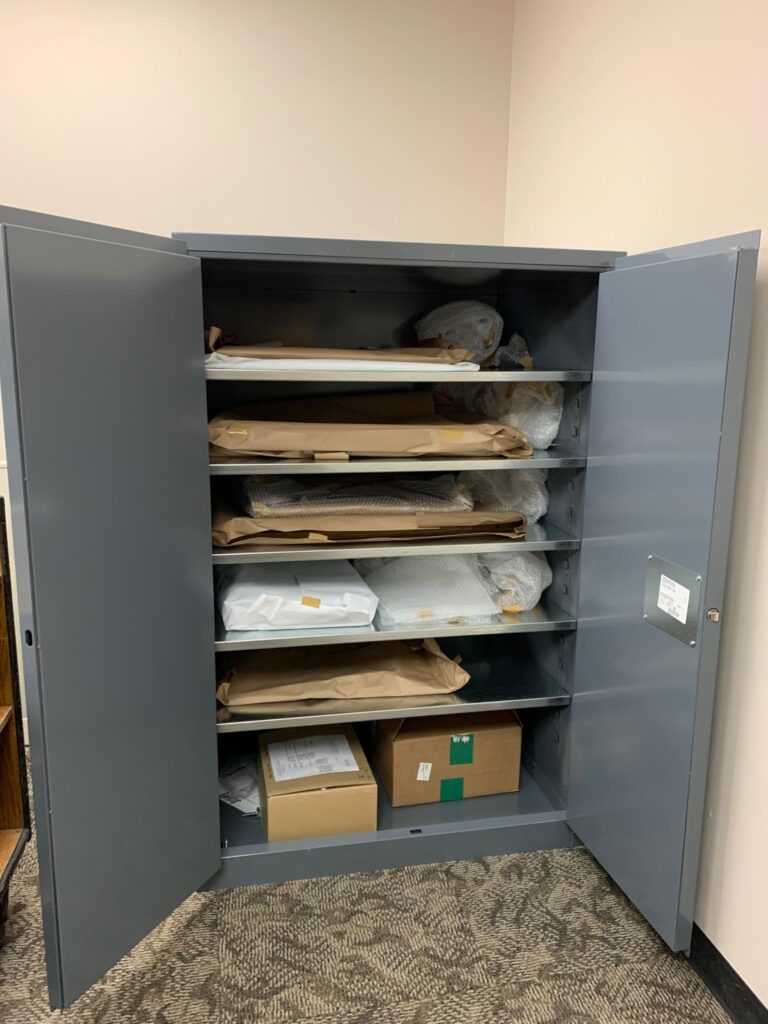Even in the midst of the pandemic shutdowns, the Peripheral Manuscript Project proceeded in its work. Here’s a brief update on some of what we’ve been doing during the past six months:
After some experimentation and extensive trials, our project has adopted OCHRE (Online Cultural and Historical Research Environment) as the database management system for the project. Hosted by the Digital Library Development Center at the University of Chicago, OCHRE will provide the digital architecture for organizing the data produced by the Principal Investigators (PIs). The decision to use OCHRE has allowed the PIs to start wrestling with the Gordian knot of any DH project: determining the format and modes of management for descriptive metadata and establishing best practices for data entry. Over the course of several months, the PIs consulted with OCHRE’s Data Service Senior Staff to decide how to model, collect, integrate, and structure the project data in the database environment.
OCHRE was initially designed for archaeological artifacts. Applying the object-oriented database environment to medieval manuscripts presents both unique challenges and surprising opportunities. To reflect the complexity and diversity of these manuscripts as fully as possible, the Peripheral Manuscript Project has devised a blended taxonomy with both textual and material hierarchies — even while ensuring that our eventual dataset will be compatible with TEI’s manuscript description elements.
The project has also been preparing to launch the digitization phase of its work by finalizing the Memorandum of Understanding (MOU) with partner institutions that will govern the handling of items as they are packed, transported, and digitized at IU Bloomington. As a part of this agreement, a large fireproof cabinet was added to the digitization lab at Indiana University Bloomington’s Herman B. Wells Library for housing partner institutions’ manuscript items while they reside at IU for digitization.
Perhaps most exciting of all, the project’s PIs and partner institutions have continued to identify a substantial number of additional items for potential inclusion in the project since site visits began in 2020. As our work with partners has continued, we have identified the following new items, reported post-grant: 3 codices, 127 leaves, 58 documents, 1 scroll, and 11 binding fragments. The project team is hoping, funding permitted, to integrate these new discoveries into the project as part of an ever-expanding periphery. More manuscripts are expected to emerge as additional site visits are conducted. Despite the logistical challenges posed by travel restrictions due to the COVID-19 pandemic, the PIs are more than halfway through the scheduled site visits, with the final visits being scheduled during the summer and fall of 2021.
By Eileen Morgan, PhD Student, Medieval Institute, University of Notre Dame
